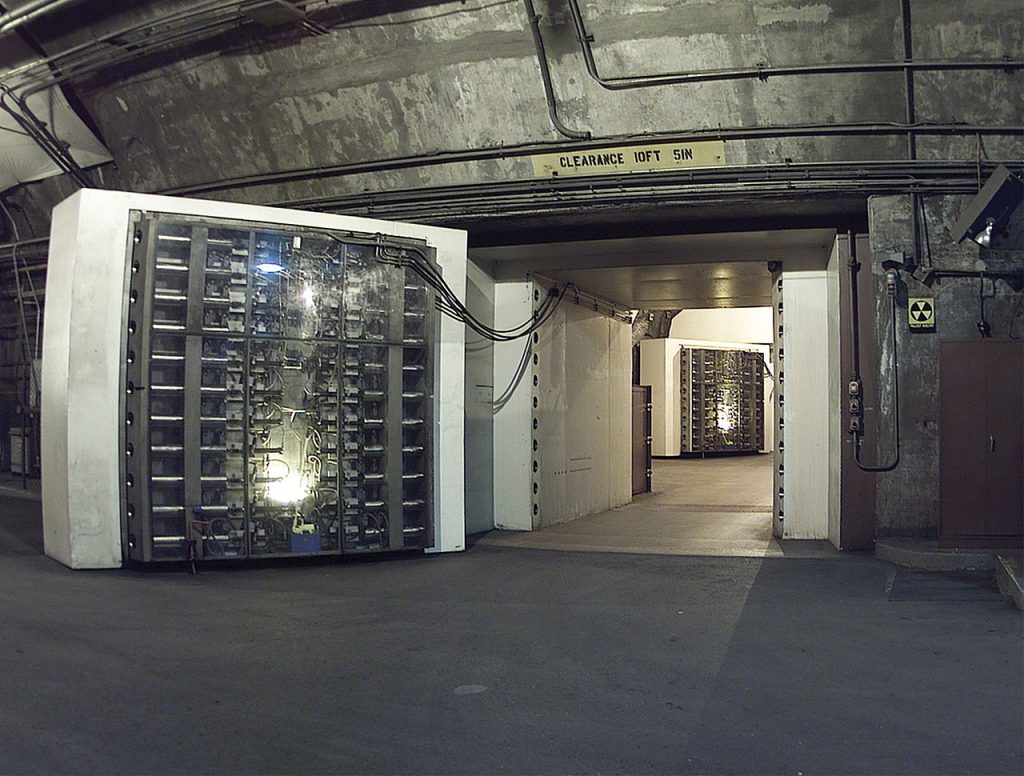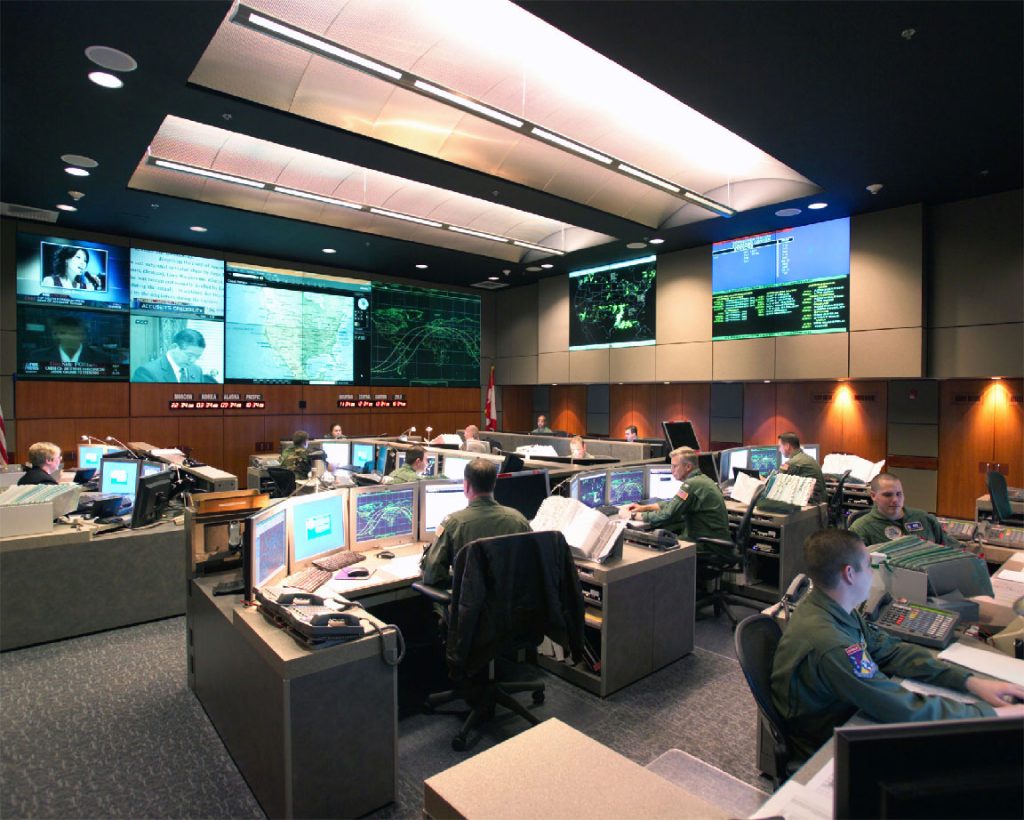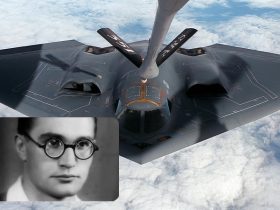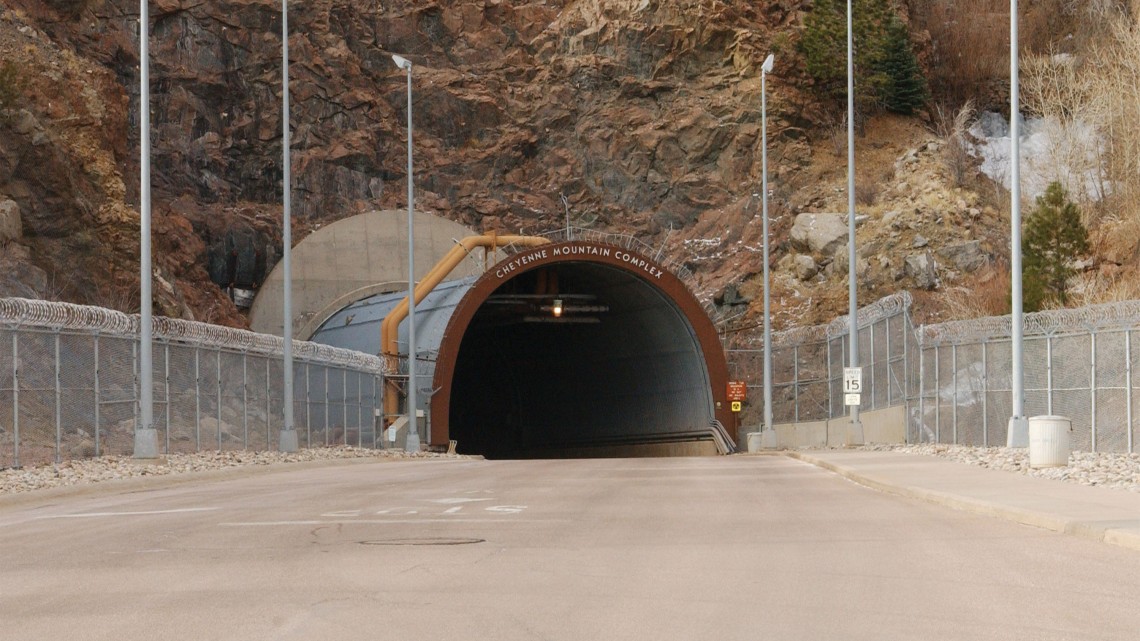During the cold war, the USA had reasons to fear a nuclear strike from the USSR. The moment Russians sent the Earth‘s first artificial satellite, the Americans became worried by‘ the rocket that carried the Sputnik to the orbit. The R7 rocket was the main reason why the Americans decided to move their command and national defence centres to a place where no disaster would affect them. Previously they were located in Long Island, New York. A decision was made to relocate them deeper inland ‘ to Cheyenne Mountain, Colorado.
Structure
Naturally, the new base could not be, like the previous one, located in buildings on the surface. The Americans opted to drill tunnels and caverns within the mountain (removing 23 thousands of truckloads of granite). The construction started in 1961, and 5 years later, in 1966, NORAD (North American Aerospace Defense Command) moved in. At the end of construction, a number of units and facilities were also introduced, such as:
- Intelligence data management system
- Ballistic missile early-warning systems
- Defense Information Systems Agency
- Air Defense Command
To get inside, one would have to pass through a long tunnel and a set of 25-ton doors, capable of withstanding a nuclear strike. Moreover, they are rigged to close in the even of a nearby bomb attack. One of the reasons behind choosing Cheyenne Mountain is the fact that the area it is located in has very high seismic stability.

All of the steel chambers within the Cheyenne Mountain are built not to contact the caverns‘ walls directly. Instead, they are mounted on a specialised, flexible joints, and are additionally supported by 1380 steel springs, weighing 450 kg each. This way, the facilities will not be affected by shocks caused by bombardments.
Tasks
The personnel within was charged with assessment of threat levels posed by objects in space. Their task was to detect and warn about attacks targeting North America, provide information to particular levels of the chain of command, and to maintain control in the airspace of the USA and Canada. The NORAD‘s was to inspect and identify possible foes and their intentions. In case an object was not identified, a pair of fighter jets were sent toward it to identify and, possibly, engage.

Cheyenne Mountain today
Nowadays, the complex houses a very scant personnel ‘ just enough to keep the basic systems operational. The base no longer operates 24 hours a day, as it is kept at ‘warm standby‘, meaning that it is to be used in case of emergency only. All the units that used to station at Cheyenne were moved to Peterson Air Force Base, including NORAD, which was moved to AFB in 2006. The mountain is currently governed by Cheyenne Mountain Division.
Abandoning the Cheyenne Mountain base was also caused by the vast amounts of money assigned for this project. One year of its functioning costed the taxpayers $250 million. Additionally, in 2001, after the 9/11, another $467 million were assigned for its further development. Some sources claim that the overall cost might have been as high as $700 million, and the works have never been finished.
Cheyenne Mountain is considered one of the most secure places in the USA. With its capability to endure nuclear explosions, one might safely assume that it is one of the most well protected places in the world.











Leave a Reply